Are you worried about your acacia board losing its charm? Let’s solve this together.
To keep an acacia board in great condition, maintain it by cleaning, oiling, and protecting from moisture.
Don’t stop now! There’s more to learn about keeping your board as good as new.
How to maintain an acacia cutting board?
Tired of seeing your beautiful acacia cutting board lose its shine? Here’s how to restore its beauty.
Clean an acacia cutting board with mild soap, avoid soaking, and apply mineral oil to retain its luster.
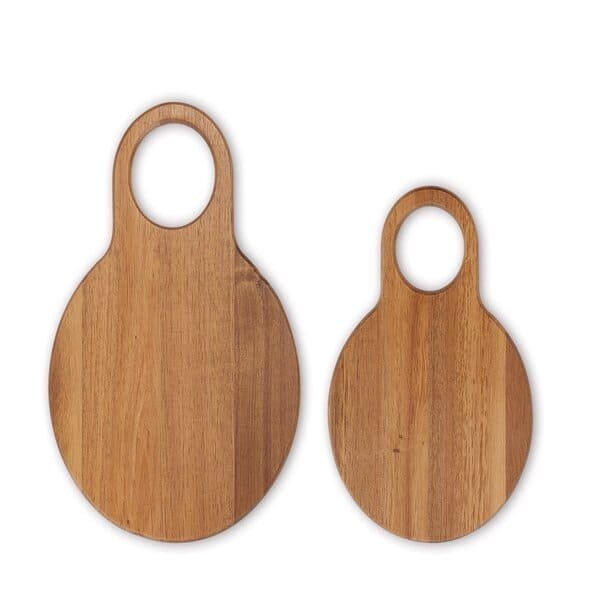
Maintaining acacia cutting boards is simple when you know the rules. Start with these steps:
Steps to Clean Your Acacia Board
| Step | Description |
|---|---|
| Wipe immediately | Use a damp cloth to remove residue. |
| Use mild soap | Clean with gentle dish soap and warm water. |
| Avoid soaking | Prevent water damage by not immersing the board. |
| Dry thoroughly | Pat dry with a clean towel and let air-dry completely. |
Regular oiling also keeps the board in excellent condition, which we’ll explore next.
Do acacia cutting boards need to be oiled?
Noticed your cutting board looking dull and thirsty? It’s asking for some care.
Yes, acacia cutting boards need to be oiled regularly to prevent cracking and maintain their shine.
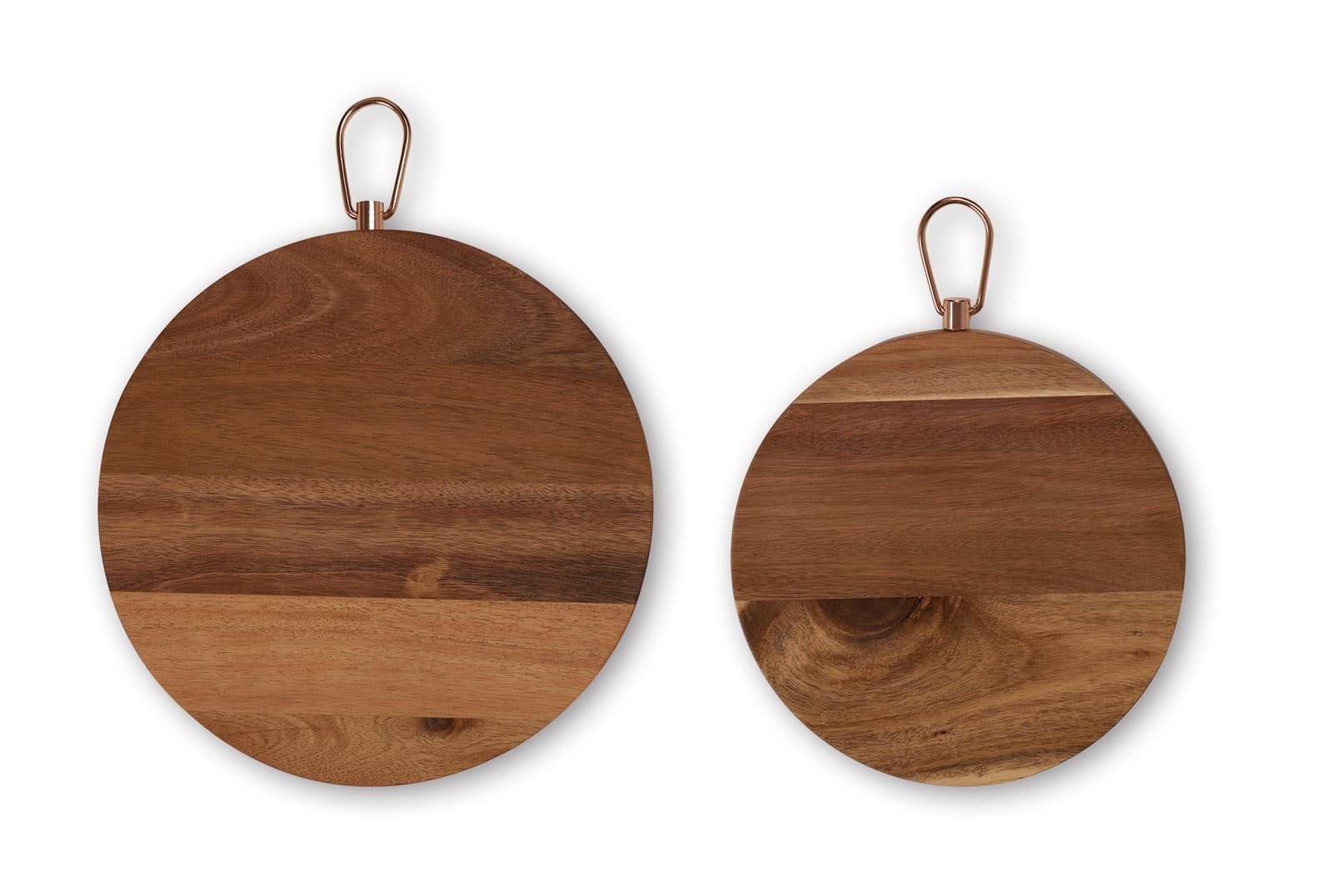
Oiling acacia boards keeps them hydrated and adds a protective layer. Use food-grade oils like mineral oil or beeswax to prevent cracking and maintain shine.1
Best Practices for Oiling Acacia Boards
- Clean first: Ensure the board is dry and clean.
- Apply oil: Use a soft cloth to spread a thin layer of oil.
- Let it absorb: Leave the board to soak overnight.
- Buff the surface: Wipe off excess oil with a clean cloth.
Regular oiling every few weeks will help maintain the natural beauty of acacia wood and prevent damage from drying out.2
How to maintain Acacia wood?
Do you want all your acacia wood items to stay stunning? Here’s how you can do it.
Keep acacia wood conditioned by avoiding excess moisture, applying oils, and protecting it from heat to maintain its durability and beauty3.
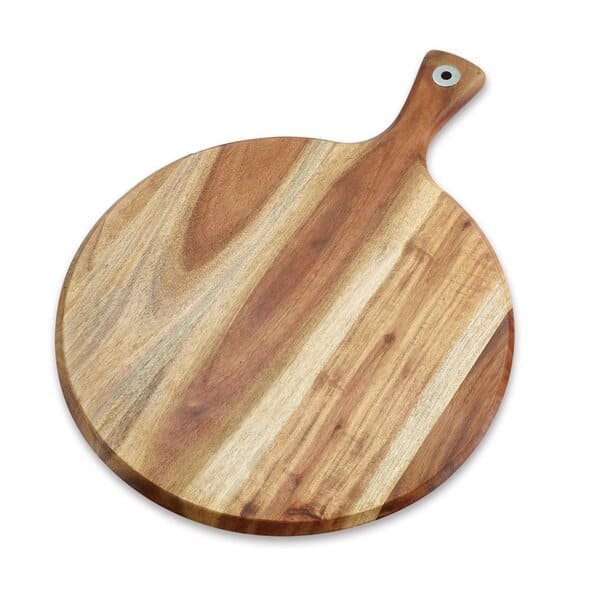
Acacia wood’s durability can be enhanced with consistent care. Here's what to do:
Protecting Acacia Wood
| Concern | Solution |
|---|---|
| Cracks and dryness | Regularly apply food-safe wood oil to maintain hydration and prevent damage.4 |
| Water damage | Keep away from soaking or dishwashers. |
| Heat exposure | Avoid placing hot items directly on wood. |
Simple habits like these can ensure that your acacia wood remains long-lasting and beautiful.
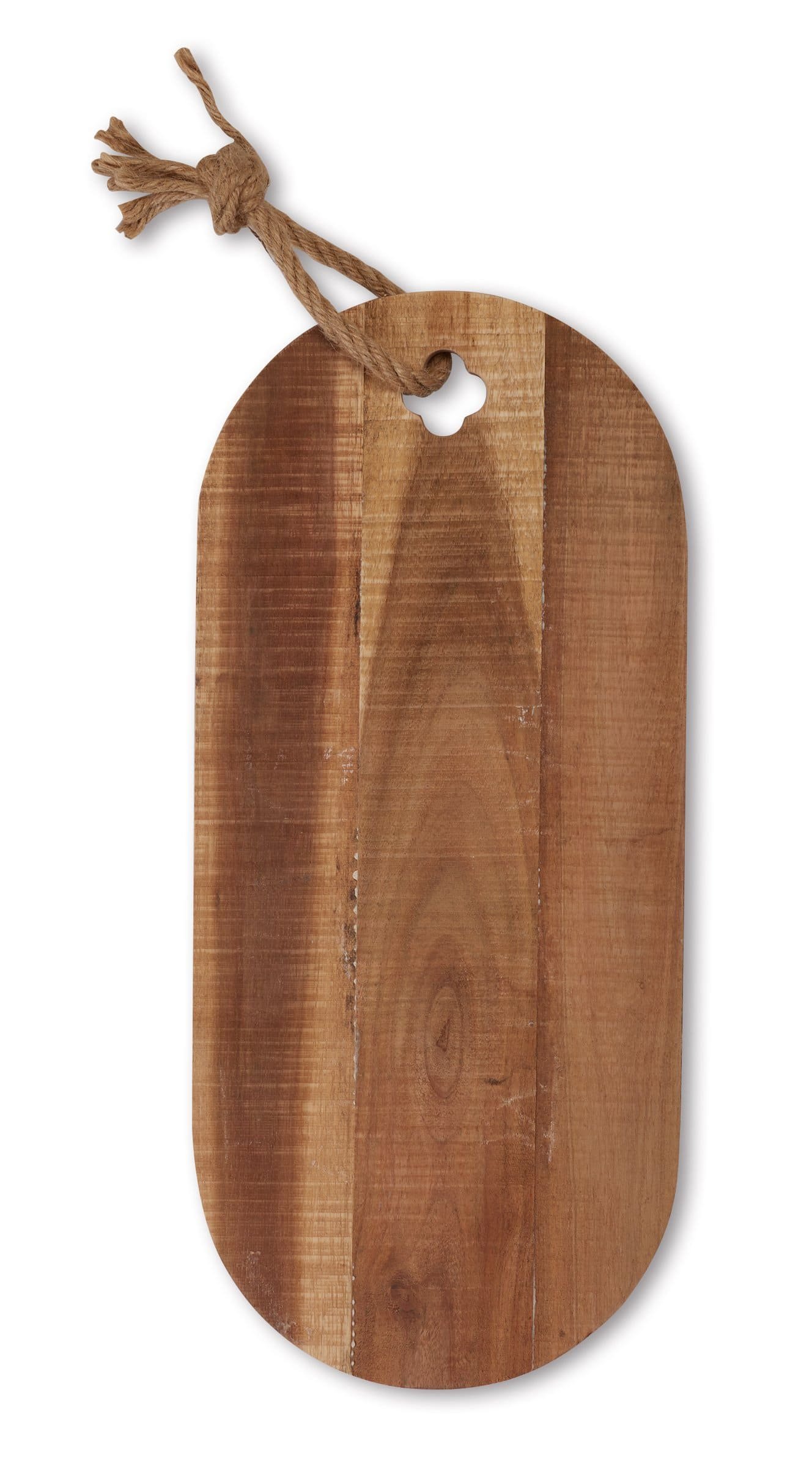
Does Acacia wood need to be oiled?
Wondering if all acacia wood needs the same care as cutting boards? Let’s clarify.
Yes, oiling acacia wood enhances its natural grains, prevents dryness, and protects against wear to extend its lifespan.
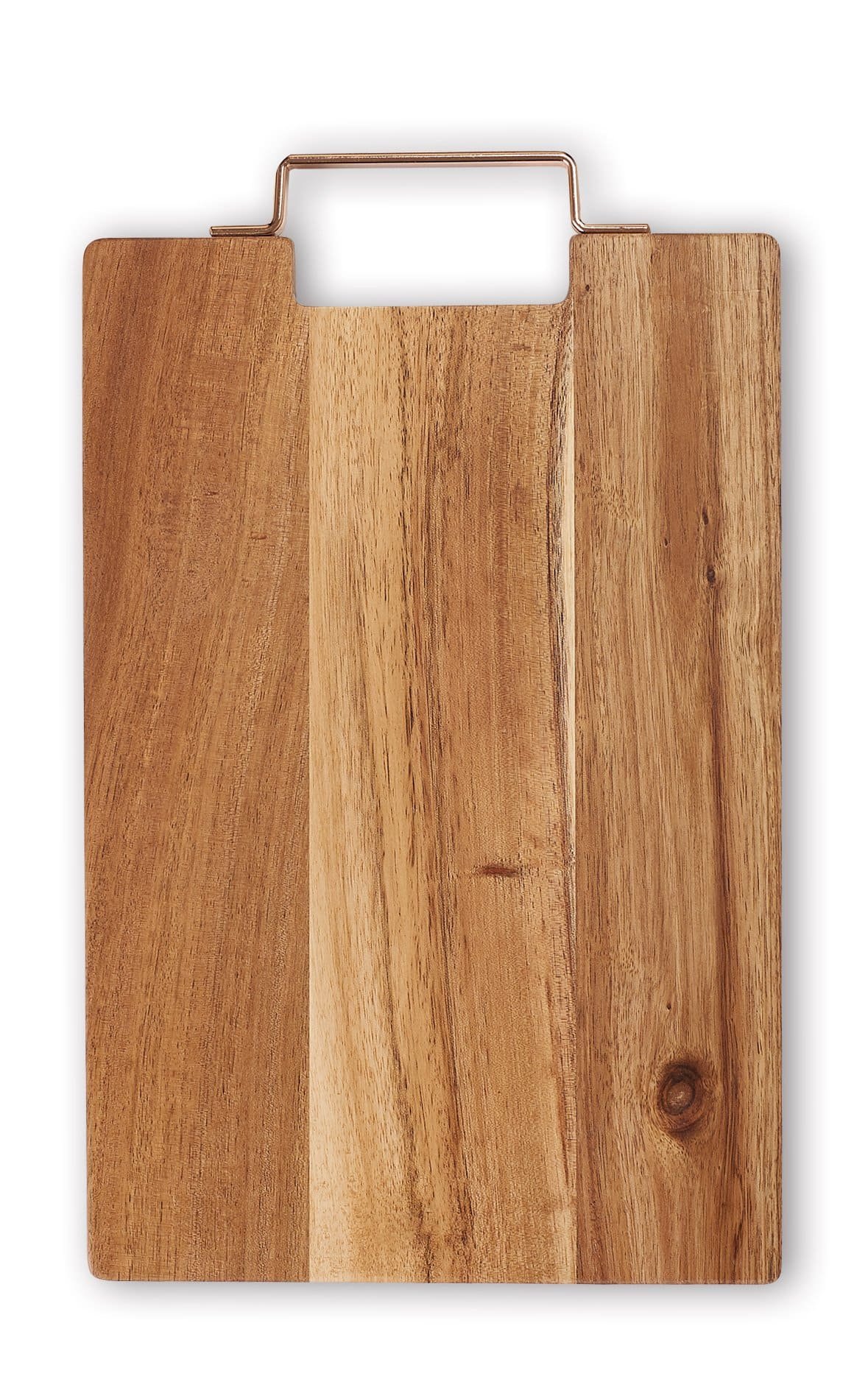
Oiling isn’t just for cutting boards; it’s essential for all acacia wood items. Use oils suited for furniture or kitchenware, depending on the product.
| Keep away from soaking or dishwashers. |
| Heat exposure | Avoid placing hot items directly on wood.|
Simple habits like these can ensure that your acacia wood remains long-lasting and beautiful.
Does Acacia wood need to be oiled?
Wondering if all acacia wood needs the same care as cutting boards? Let’s clarify.
Yes, oiling acacia wood enhances its natural grains, prevents dryness, and protects against wear.
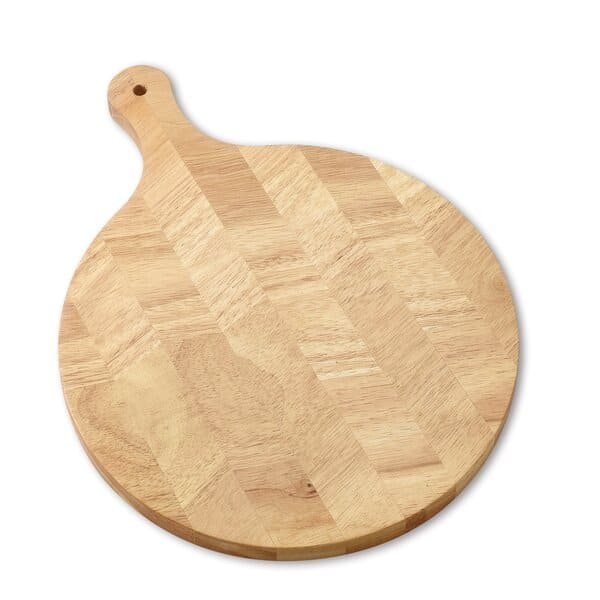
Oiling isn’t just for cutting boards; it’s essential for all acacia wood items. Use oils suited for furniture or kitchenware, depending on the product.
Types of Oil for Acacia Wood
- Mineral oil: Best for cutting boards and utensils.
- Tung oil: Great for furniture with a durable finish.
- Linseed oil: Adds a polished and smooth finish to wood.
Consistent oiling makes acacia wood items stand out while ensuring their longevity.
Can I use olive oil on Acacia wood?
Have leftover olive oil and wondering if you can use it on your acacia board? Think again.
Olive oil is not recommended as it can turn rancid and damage the wood. Use food-safe oils instead.
While olive oil might seem like a quick fix, it’s not a long-term solution. It’s better to stick with oils designed for wood care.
Why Not Olive Oil?
| Reason | Effect on Acacia Wood |
|---|---|
| Turns rancid | Causes an unpleasant smell over time making it unsuitable for long-term use5. |
| Attracts bacteria | Leads to unhygienic surfaces. |
| Inconsistent soak | Does not hydrate the wood evenly. |
Choose oils like mineral or beeswax to maintain the quality and safety of your acacia products.
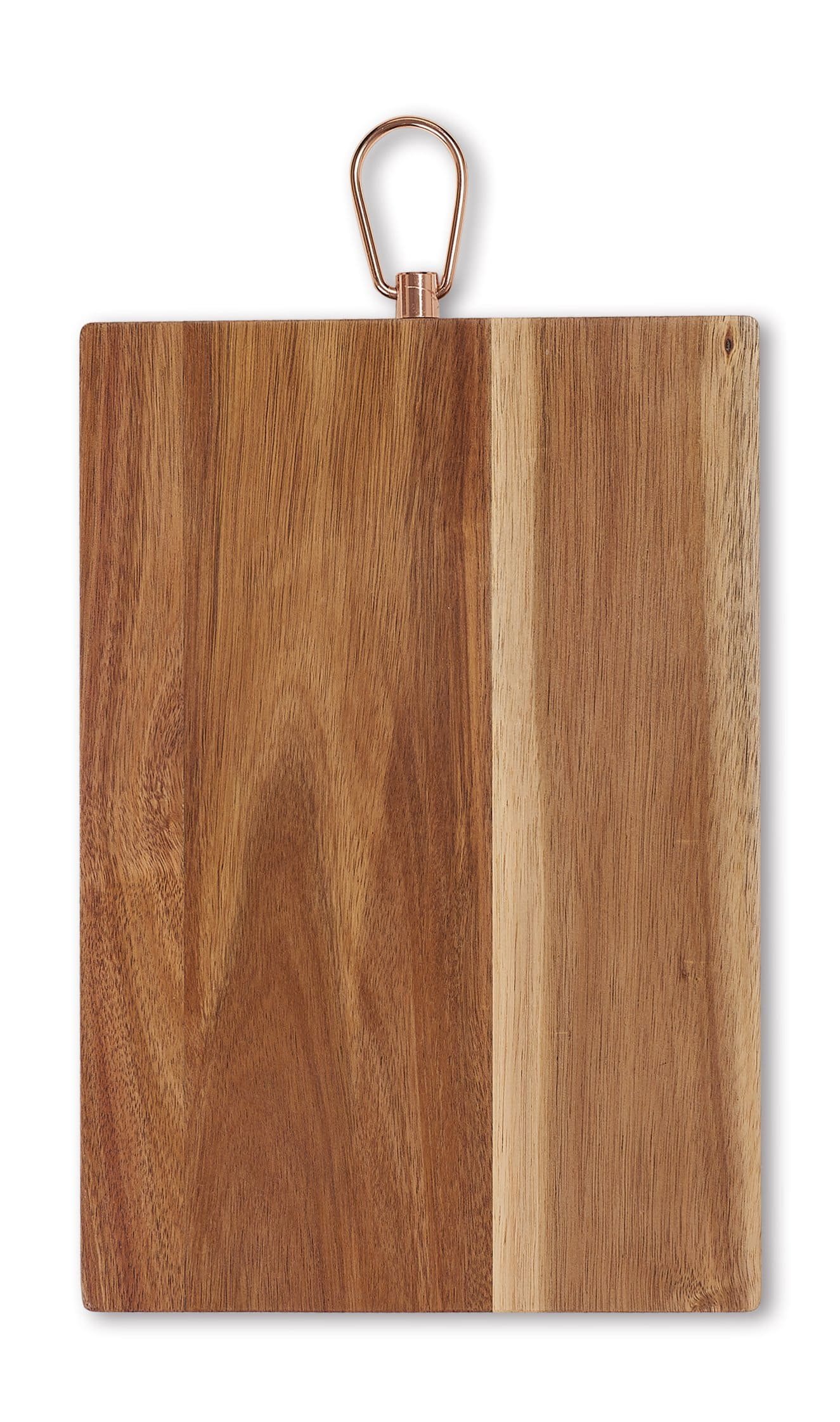
What are the disadvantages of Acacia wood?
Think acacia wood is perfect? While great, it has its challenges.
Acacia wood can be heavy, prone to scratches, and sensitive to water if not properly cared for which might limit its usability.
Despite its beauty and durability, acacia wood requires careful maintenance to minimize its downsides.
Common Drawbacks and Solutions
| Disadvantage | Solution |
|---|---|
| Heavy weight | Use for stationary furniture rather than portable. |
| Prone to scratches | Apply protective finishes regularly. |
| Water sensitivity | Keep dry and avoid prolonged exposure to moisture. |
Being mindful of these factors will help you enjoy the best of what acacia wood offers.
Conclusion
Proper care, cleaning, and oiling are key to maintaining acacia wood. With the right steps, you can enjoy its beauty and functionality for years to come.
-
Learn how oiling protects and enhances the longevity of acacia cutting boards. ↩
-
Understand the role of oiling in protecting acacia wood from dryness and wear. ↩
-
Discover tips to preserve acacia wood's stunning appearance and long-lasting durability. ↩
-
Learn how food-safe oil prevents cracks and keeps acacia wood hydrated and resilient. ↩
-
Learn why olive oil can harm wooden kitchenware and better alternatives to use. ↩


